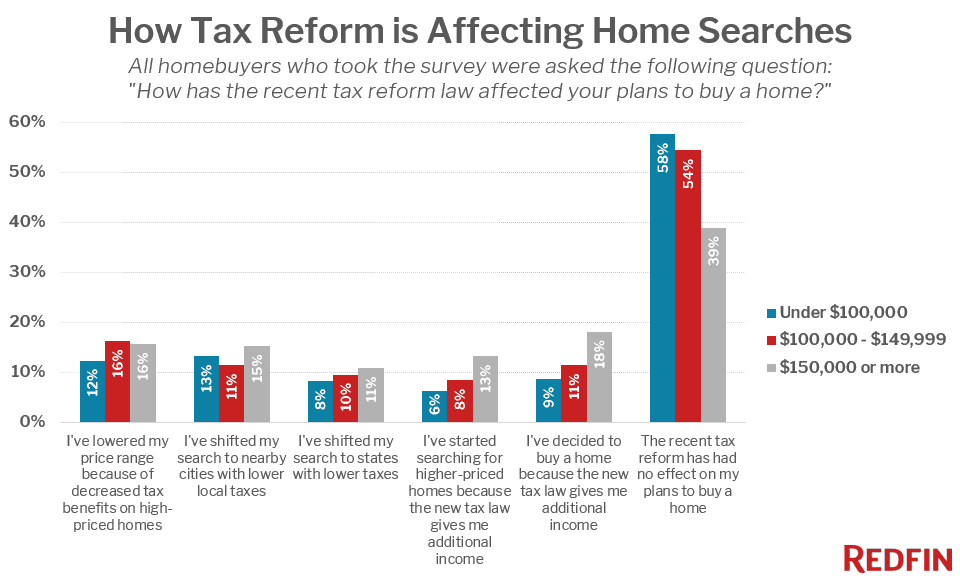
Hemel Shah (pictured) is sales director at Eligible
Let’s get straight to the point – there’s a good chance that by 2020, you will see a significant drop in the number of potential remortgage customers you’re speaking to.
A bold statement, I know. So – what’s this based on?

Home approvals up year-on-year
One of the main drivers is that consumers are shifting from 2 year to 5+ year fixed rate mortgage deals at a rapid rate. James Tatch, of UK Finance, commented last year that “nearly half of all the fixed-rate lending so far this year has been for five years or more, compared to less than 30% two years ago when the clear preference was still the 2-year fix.”
More consumers on 5-year deals means fewer clients looking to remortgage and less often.
Let that sink in a little.
What’s going on?
Over the last few years, we’ve seen a reduction in the gap between 2-year and 5-year rates. Statistics from the Bank of England’s Global Property Guide show that in March 2019 the average difference between 5-year and 2-year rates was just 0.36% (2.04% vs 1.68%) as opposed to a difference of 1.15% (3.61% vs 2.46%) in September 2014.
So, 5-year rates are comparatively cheaper. Add Brexit uncertainty to the mix and the stability and cost of a 5-year deal start looking very attractive.
The added need for stability has seen an increase in fixed rate mortgage deals of 5 years. Graham Seller, head of business development at Santander Mortgages said last year that “We’re now seeing over half our business coming in on 5-year fixes…It could be down to Brexit, interest rates, uncertainty in general, or the fact that 5-year rates look attractive against shorter-term fixes.”
So, what’s the deal with Brexit?
Brexit is being be blamed for almost everything at the moment. A fall in remortgages is no different. As the Brexit process drags on, mortgage customers are looking for a little bit of certainty in their lives – at least when it comes to their mortgage payments.
In short, as James Pickford of the Financial Times points out in his September 2018 article: “Amid an opaque outlook for Britain’s post-Brexit economy and rising Bank of England base rates, the historic dominance of 2-year fixed rates has been challenged as borrowers opt for the certainty of longer-term products in spite of higher expenses.”
Sobering thoughts.
It was good while it lasted
Over the last few years, life has been pretty sweet for brokers who spent time on remortgages. The majority of existing clients have been on 2-year products – with a view to remortgaging every 2 years. Unfortunately, it looks like the days of reliable, frequent remortgage income is about to end.
A reducing stream of remortgage clients means that – as an industry – we have to explore other avenues of income.
You’re probably pretty familiar with how to get new leads. Whether starting to look for more introducers or by expanding your social media presence.
But are you sure you’re making every effort to extract the maximum value out of your existing client bank?
It’s likely that you are in regular contact with some clients, such as portfolio landlords. But many of your clients may not hear from you for the best part of five years.
As each year passes – and your last meaningful contact is further away – the chance of a client returning decreases. You need to create more opportunities to add value to your clients between remortgages. To make sure you remain your client’s go-to adviser, you have to stay in touch.
Regular contact also opens up new and unique ways to cross-sell your clients onto other products. Being up-to-date provides opportunities to provide the service that your clients expect.
Tools such as Retain by Eligible allow you to maintain contact. Using personalised messaging, financial and customer analytics, such tools can provide an individual experience for each of your clients.
Wrapping Up
Based on current data around new mortgages, it’s looking like remortgage business is going to drop from next year onwards (or at least be delayed until 2024). We’ve given you some tips in the article above on how to start preparing, but, in the meantime, make sure you’re making the most of your current remortgage opportunities.






